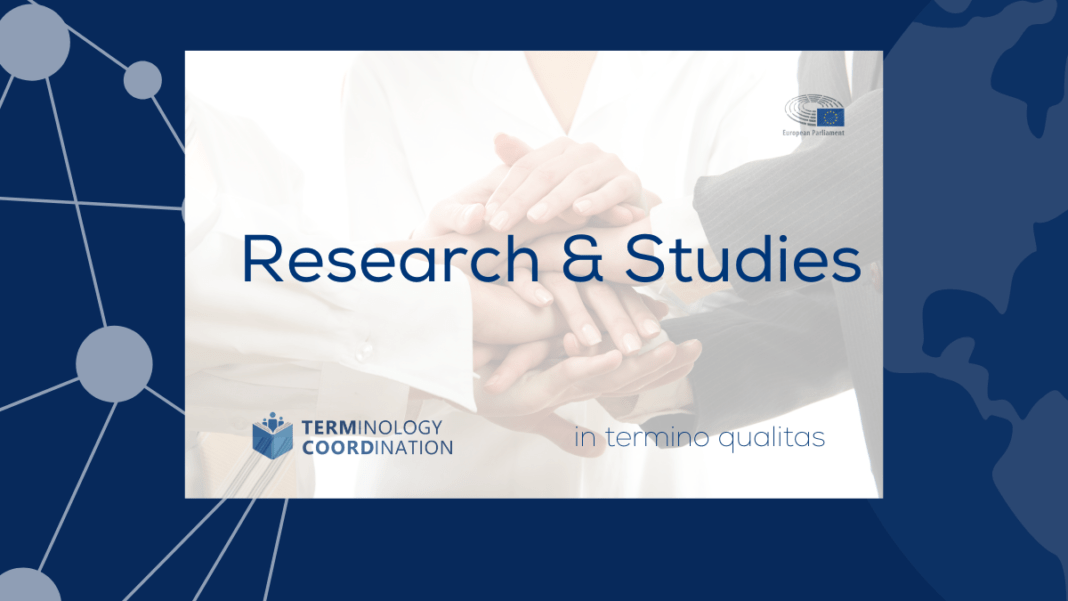The application of AI Technologies in multilingual communications and for the purposes of accessibility has become an important element in the production of translation and interpreting services (Zetzsche, 2019). In particular, the widespread usage of Automatic Speech Recognition (ASR) and Neural Machine Translation (NMT) technology represents a significant, recent development in the attempt of satisfying the increasing demand for interinstitutional, multilingual communications at inter-governmental level (Maslias, 2017). Given the frequent non-availability of interpreting human resources at conferences for any language combination, the application of ASR technology, combined with NMT, may allow for the breaking down of communication barriers at conferences held at international organizations, where multilingualism represents a fundamental pillar of institutional translation/interpreting (Jopek Bosiacka, 2013). This study demonstrates that ASR technology can facilitate the communication with non-hearing (deaf) users (Lewis, 2015), while guaranteeing content accessibility via subtitles by examining ASR output for a database of F.A.O.’s (Food and Agriculture Organization) English-language conferences on the impact of climate change and by implementing a statistical approach based on NER model (Romero-Fresco, 2016).
You can access the paper here.
Alessandro Gregori
University of Bologna

